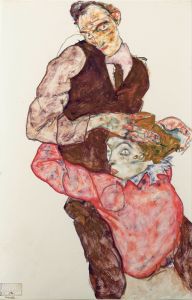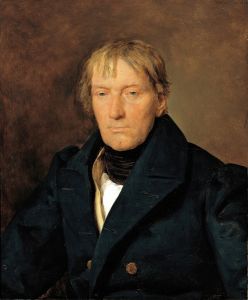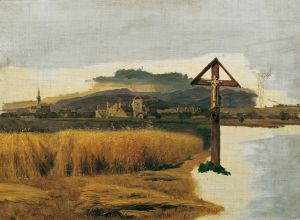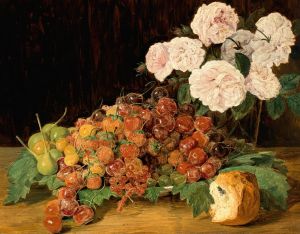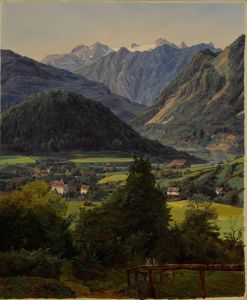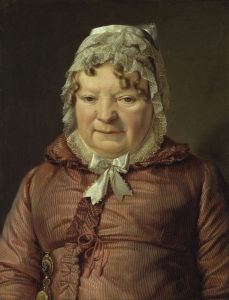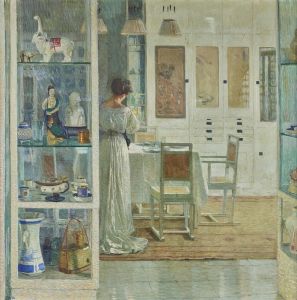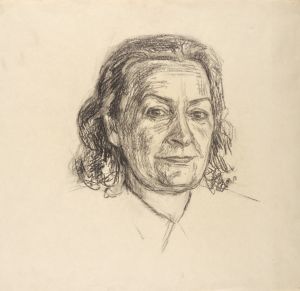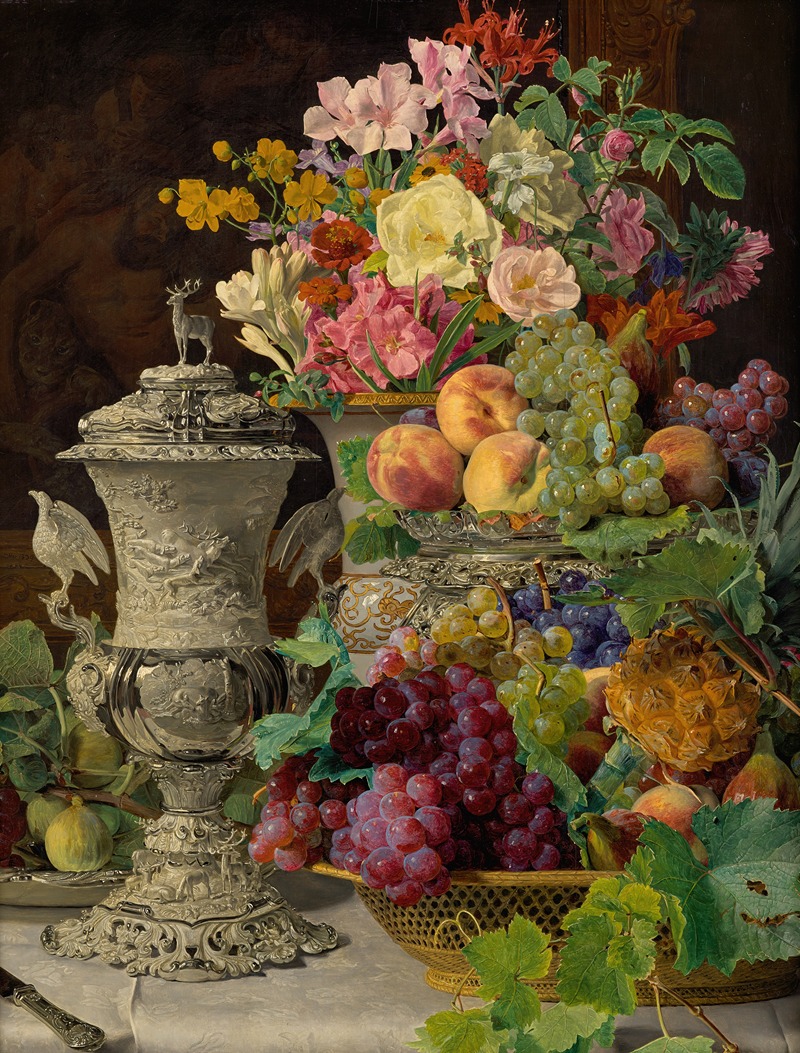
Still Life with Fruit, Flowers and a Silver Cup
A hand-painted replica of Ferdinand Georg Waldmüller’s masterpiece Still Life with Fruit, Flowers and a Silver Cup, meticulously crafted by professional artists to capture the true essence of the original. Each piece is created with museum-quality canvas and rare mineral pigments, carefully painted by experienced artists with delicate brushstrokes and rich, layered colors to perfectly recreate the texture of the original artwork. Unlike machine-printed reproductions, this hand-painted version brings the painting to life, infused with the artist’s emotions and skill in every stroke. Whether for personal collection or home decoration, it instantly elevates the artistic atmosphere of any space.
Ferdinand Georg Waldmüller was an Austrian painter known for his contribution to the Biedermeier period, which emphasized a realistic and detailed portrayal of everyday life. One of his notable works is "Still Life with Fruit, Flowers and a Silver Cup," which exemplifies his skill in still life painting, a genre that focuses on inanimate subjects, typically commonplace objects which may be either natural or man-made.
Waldmüller was born on January 15, 1793, in Vienna, Austria. He initially studied at the Academy of Fine Arts in Vienna and later became a prominent figure in the Austrian art scene. His work is characterized by its meticulous attention to detail and vibrant use of color, which can be seen in his still life paintings as well as his landscapes and portraits.
"Still Life with Fruit, Flowers and a Silver Cup" is a testament to Waldmüller's ability to capture the beauty and intricacy of everyday objects. The painting features a harmonious arrangement of fruits, flowers, and a silver cup, all rendered with remarkable precision and clarity. The composition is carefully balanced, with each element contributing to the overall aesthetic appeal of the piece.
The fruits depicted in the painting are rendered with a lifelike quality, showcasing Waldmüller's keen observation skills and his ability to portray textures and colors with great accuracy. The flowers add a touch of elegance and vibrancy to the composition, their delicate petals and varied hues contrasting with the more solid forms of the fruits. The silver cup, with its reflective surface, demonstrates Waldmüller's mastery of light and shadow, as he skillfully captures the play of light on the metallic surface.
Waldmüller's still life paintings are often celebrated for their ability to transcend mere representation, inviting viewers to appreciate the inherent beauty of the objects depicted. His works are noted for their clarity and precision, qualities that were highly valued during the Biedermeier period. This era, spanning from 1815 to 1848, was marked by a focus on the domestic and the intimate, with art often reflecting the values and interests of the burgeoning middle class.
In addition to his still life paintings, Waldmüller was also known for his landscapes and genre scenes, which often depicted rural life and the natural beauty of the Austrian countryside. His work played a significant role in the development of 19th-century Austrian art, influencing subsequent generations of artists.
Waldmüller's contributions to art were recognized during his lifetime, and he held various teaching positions, including a professorship at the Academy of Fine Arts in Vienna. His legacy continues to be celebrated today, with his works held in numerous public and private collections.
"Still Life with Fruit, Flowers and a Silver Cup" remains an exemplary piece within Waldmüller's oeuvre, showcasing his technical prowess and his ability to find beauty in the everyday. Through his meticulous attention to detail and his skillful use of color and composition, Waldmüller invites viewers to pause and appreciate the simple yet profound beauty of the world around them.







